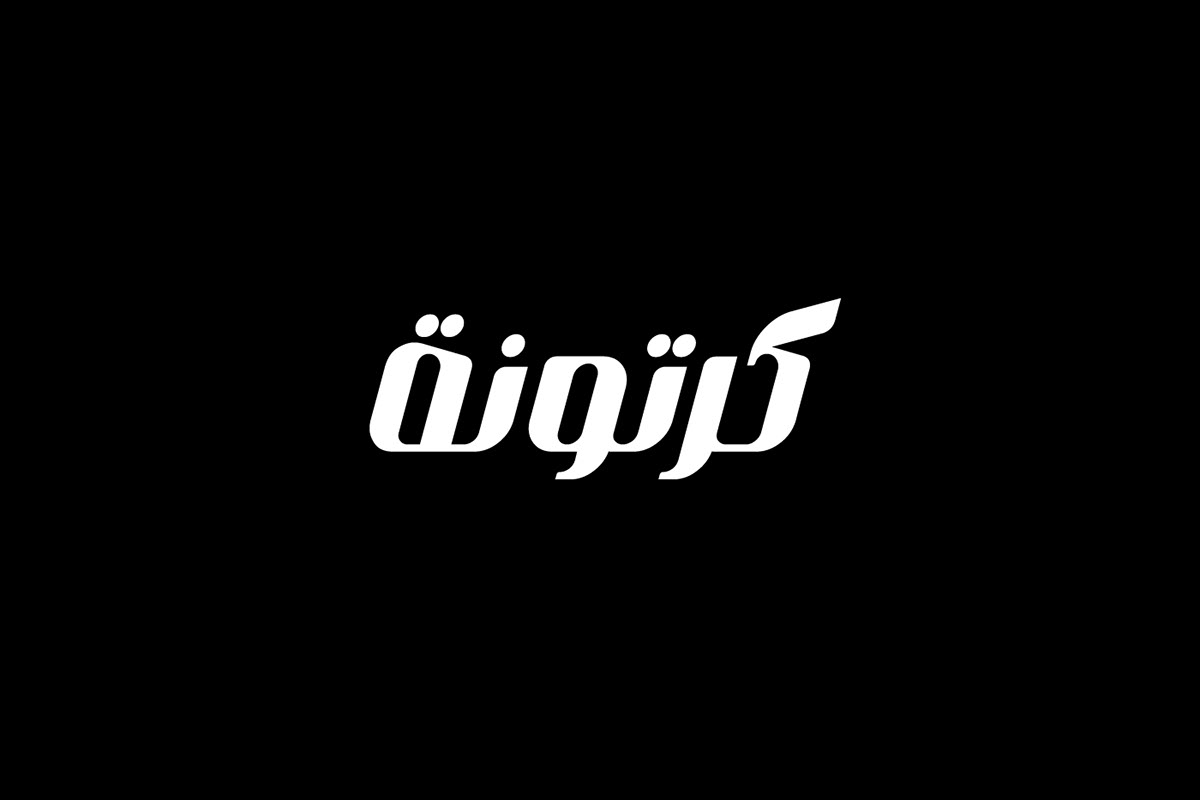In recent years, there has been a resurgence of interest in Murabba Arabic display Font design, driven by a wave of modern interpretations that blend traditional craftsmanship with contemporary aesthetics. From innovative digital typefaces to experimental typographic compositions, designers are redefining the possibilities of Arabic typography, breathing new life into a centuries-old tradition. In this article, we’ll explore the Arabic font resurgence and the modern interpretations that are shaping its evolution in the digital age.
Digital Renaissance
The resurgence of Arabic font design is closely tied to the digital renaissance that has transformed the world of typography in recent decades. With the advent of digital tools and software, designers now have unprecedented freedom to create and manipulate Arabic typefaces with precision and ease. From vector-based software like Adobe Illustrator to specialized Arabic calligraphy apps, digital technology has democratized the process of font design, opening up new avenues for creativity and experimentation.
Experimental Typography
One of the hallmarks of the Arabic font resurgence is the rise of experimental typography, where designers push the boundaries of traditional calligraphy to create bold and innovative designs. From deconstructing letterforms to playing with negative space and unconventional layouts, experimental typography challenges conventions and invites viewers to see Arabic font in new and unexpected ways. By breaking free from traditional constraints, designers are creating typefaces that are dynamic, expressive, and visually captivating.
Cultural Fusion
Arabic font resurgence is also characterized by a spirit of cultural fusion, where designers blend traditional Arabic calligraphy with contemporary design aesthetics to create hybrid typographic forms. Whether incorporating elements of Western typography into Arabic letterforms or blending traditional calligraphic styles with modern design sensibilities, designers are creating typefaces that bridge cultural divides and celebrate the diversity of human expression. This cultural fusion not only enriches Arabic font design but also fosters cross-cultural dialogue and understanding.
Accessibility and Inclusivity
In addition to pushing the boundaries of creativity, the Arabic font resurgence is also driven by a commitment to accessibility and inclusivity. Designers are developing new tools and techniques to make Arabic font more accessible to people of all backgrounds and abilities. From designing high-contrast typefaces for improved legibility to implementing screen reader-friendly features for individuals with visual impairments, designers are ensuring that Arabic typography remains a vibrant and inclusive form of visual communication.
Global Impact
Arabic font resurgence is not confined to the Arab world; it has a global impact, resonating with designers and audiences around the world. As Arabic typography becomes increasingly integrated into international markets and digital platforms, designers are finding new ways to showcase its beauty and versatility to diverse audiences. Whether used in branding, advertising, or digital media, Arabic font resurgence captivates and inspires with its universal appeal, enriching visual communication and fostering cross-cultural exchange and understanding.
In conclusion, Arabic font resurgence is a testament to the enduring beauty and cultural significance of Arabic typography. From innovative digital typefaces to experimental typographic compositions, designers are redefining the possibilities of Arabic font design, breathing new life into a centuries-old tradition. As we continue to embrace the modern interpretations of Arabic font, we honor the rich cultural heritage and artistic legacy of Arabic script while embracing the possibilities of the future.


